8 recommendations for choosing an oil heater for the home
The principle of operation and design features
First, consider what this device consists of and how it works. The design is quite simple: TENs are installed in a metal radiator and mineral oil is poured. Oil is not poured “over the edge”, but only by 85%. This is due to the fact that when heated, the liquid expands and it needs an additional volume.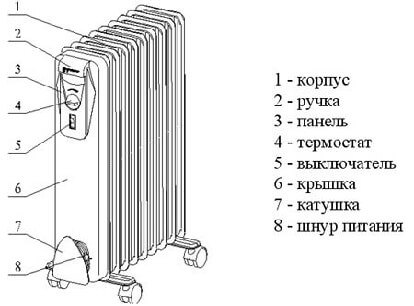
As you understand, the principle of operation of the oil heater is presented as follows: the product is connected to the network, the current passes to the heating elements, which are heated and transmit heat to the oil. The latter, in turn, passes the baton to the metal case, which carries out the heating of the room.
We draw your attention to several design features. A special valve through which it was possible to fill in mineral oil in obsolete models is now missing. In the manufacture of an oil heater, the required amount of liquid is poured, which during operation cannot be changed (top up or drain). Another important point - the radiator is not designed to be hung on the wall, so it makes no sense to look for appropriate models.
Main advantages and disadvantages
An oil heater (also called a radiator) can be found in almost every living room.
The popularity of the product selection is due to its following advantages:
- low cost;
- simple connection;
- does not need repair and maintenance;
- with proper use has a long service life;
- attractive design;
- small dimensions;
- mobile (you can easily roll into another room);
- quickly warms up the room;
- simple control system;
- works without noise;
- does not pollute the environment;
- high fire safety;
- The heater cools for a long time, so even after turning off the unit, the heating works.
As for the disadvantages, they are as follows:
- increased electricity consumption;
- high case temperature (can reach 150aboutC), which may cause fire or burns if improperly operated.
As you can see, there are much fewer drawbacks than advantages, so it makes sense to choose an oil heater for your home, apartment and cottage.
Distinctive features of various models
The type of electric heaters may vary by the following criteria:
- Power
- Design Features
- Additional functions
Power
Today there are products with power from 1 to 3 kW. As a rule, the model range is represented by the following values: 0.5; 1; 1,2; 1.5; 2; 2.5; 3 kW The latter option is extremely rare in stock. For home heating, it is enough to choose an oil heater with a power of 2 kW, although below we will tell you more about which device is better to buy.
Design
Like any other electric product, an oil radiator can have various design features that affect the cost and ease of use.
The first difference is the presence of handles with which you can move the unit from place to place. As a rule, in all modern models such devices are available.
The next difference is the presence of a protective cover. This element will protect the surrounding objects and people from the heat of the body. A very useful device, the only drawback of which is the problematic wet cleaning (the grates are difficult to wash).
Well, the last, perhaps the most important design difference - the width and number of sections. The narrower the sections, the faster they warm up to working condition and at the same time spend less electricity. The reverse side of the coin is the time until the room is fully warmed up, which will also increase in this case. If you choose an oil heater with wide sections, the room will quickly become warm, but at the same time, energy consumption will be higher.
In addition, the wider the size of the sections, the faster they will cool. And accordingly, on the contrary, a small radiator will keep heat off longer.
Additional functions
In order for you to understand how to choose the right oil heater, we will provide an overview of the most necessary functions that may be present.
So, when choosing, pay attention to the following device features:
- The mode switch with which you can adjust the power of the product, and accordingly, the heating efficiency in the house or apartment.
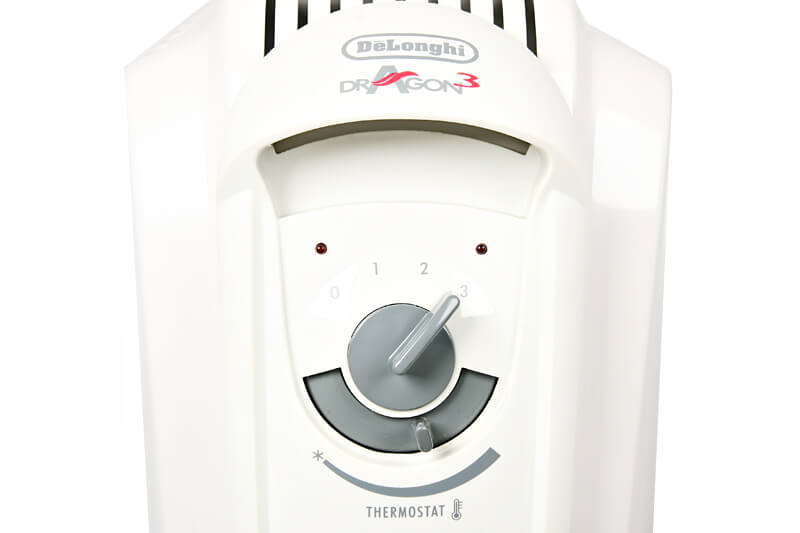
- A timer that allows you to set a specific power on / off time. A very convenient thing for those who like to come home from work to an already heated house. On the timer you just need to choose the start time for a couple of hours before arrival.
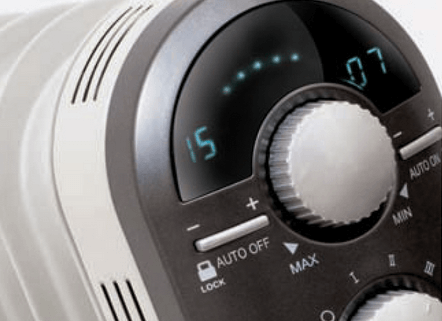
- Temperature regulator. We draw your attention to the fact that in this case the temperature is regulated not in the room, but inside the case (on the heating element).
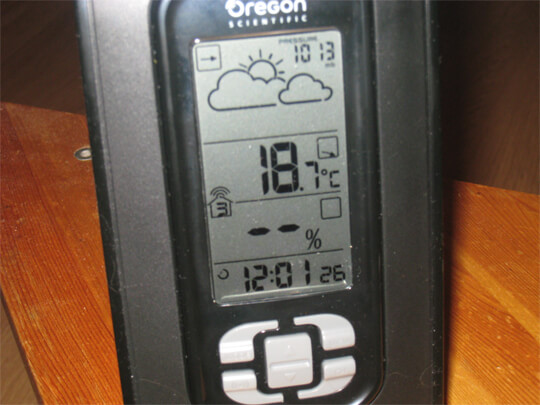
- A humidifier that solves one of the existing problems of oil heaters is air drainage. A special water tank is installed on the radiator and as a result of heating, the water evaporates, thereby slightly increasing the humidity in the room.
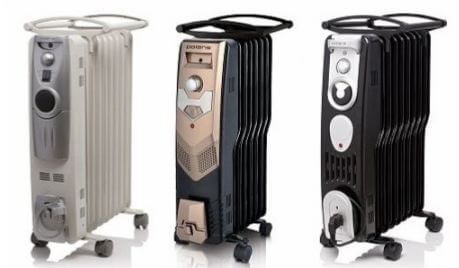
- Fan heater that allows you to warm up the room faster. The device is installed near the radiator, and during operation creates a stream of warm air.
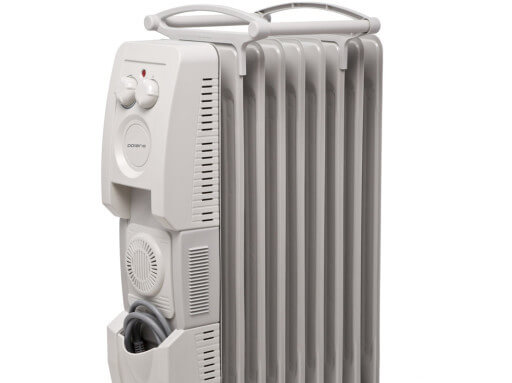
- Overheat protection. A very important function of the oil heating radiator, which will prevent the occurrence of a fire when the heating element is heated to a temperature above the nominal.
- A dryer for things (an equally important addition to the kit), as Drying laundry on heated sections is prohibited by safety regulations.
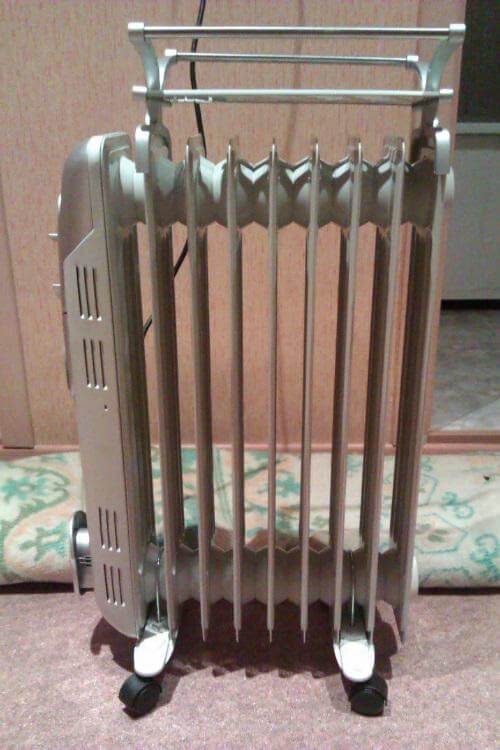
- Fireplace effect. Another interesting feature that many manufacturers use. The fireplace effect is a special thermal gap located on the sides of the radiator. Thanks to the cracks, the air in the room heats up 2 times faster, because continuous convection of air occurs. Many praise the fireplace effect models.
Which option to give preference?
So, we come to the main question of the article: which oil heater is better to choose and buy for home heating.
To your attention a few useful recommendations:
- As a rule, a 1-kilowatt electric radiator is enough for heating 10 m2 premises.After making simple arithmetic calculations, you can determine the most suitable power for your case. We recommend choosing a model with a margin of 10-15% (for 10 m2 buy a 1.2 kW unit).
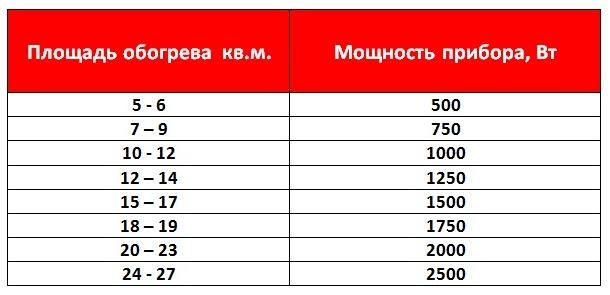
- Be sure to give preference to those models whose design includes castors and handles. In this case, moving the device will be much more convenient.
- Pay attention to the weight of the oil heater. A small weight indicates that the walls of the sections are thin or there is not enough oil in the tank. Both options are disappointing, because negatively displayed on the service life and work efficiency.
- If this type of electric heating is installed in the children's room, it is better to choose an oil heater with a casing so that the child does not accidentally get a burn.
- Check the length of the cord that will connect to the network. Very often the cord is short, which requires the additional purchase of an extension cord. In turn, the extension cord may not withstand the loads and begin to melt, which in the future may cause short circuit.
- Buy oil heaters from companies such as Polaris, Electrolux, De’Longhi, etc. They are the best today, so the price of the devices is slightly higher.
- Do not fall for the dubious recommendations of consultants in stores. Very often they are advised to choose the least popular products for their own benefit. Statements like “black better transfers heat” and “this option does not raise dust” are not true, which has been repeatedly verified by the owners of these devices (there are a lot of negative reviews on thematic forums).
- Pay attention to the material of the rolls on the legs. Plastic rollers scratch the floor and leave marks, so it is better to buy rubberized ones.
The best manufacturers and models
And finally, of course, I wanted to tell you about which manufacturers and models of oil heaters are the best today. The information below will help you choose the most suitable option for price and quality.
As for manufacturers, the market leaders in 2017 are:
- Ballu
- Delonghi
- Electrolux
- Polaris
- General climate
- Timberk
Scarlett, UNIT, Resanta and Hyundai are also of good quality, but they have not gained enough competitive popularity in the market.
The best models of heaters in 2017 are:
- Timberk TOR 21.2512 BC / BCL (3200)
- Polaris CR 0920B (2400)
- De’Longhi KH 770 920 (4,700)
- UNIT UOR-940 (2500)
- General Climate NY15LA (1700)
That's all the information we wanted to provide. We hope that now you know how to choose an oil heater for an apartment or a house and which company is better to give your preference.
Also read:

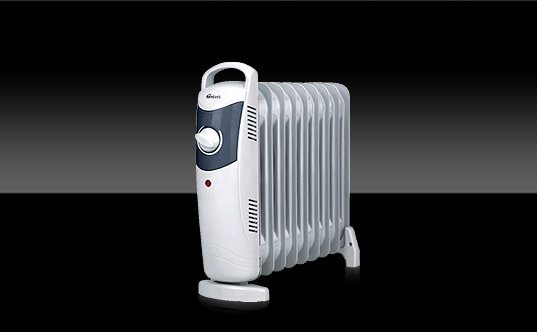
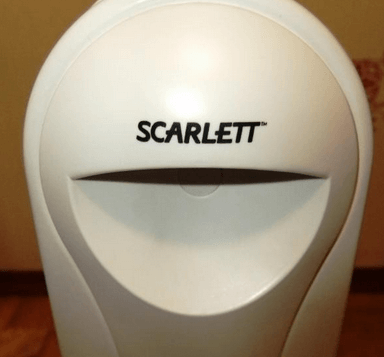
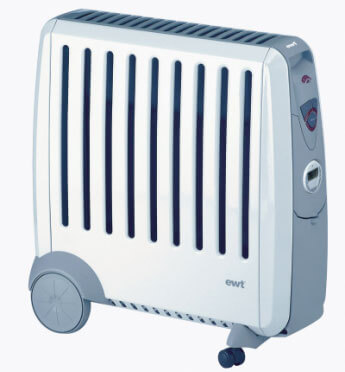
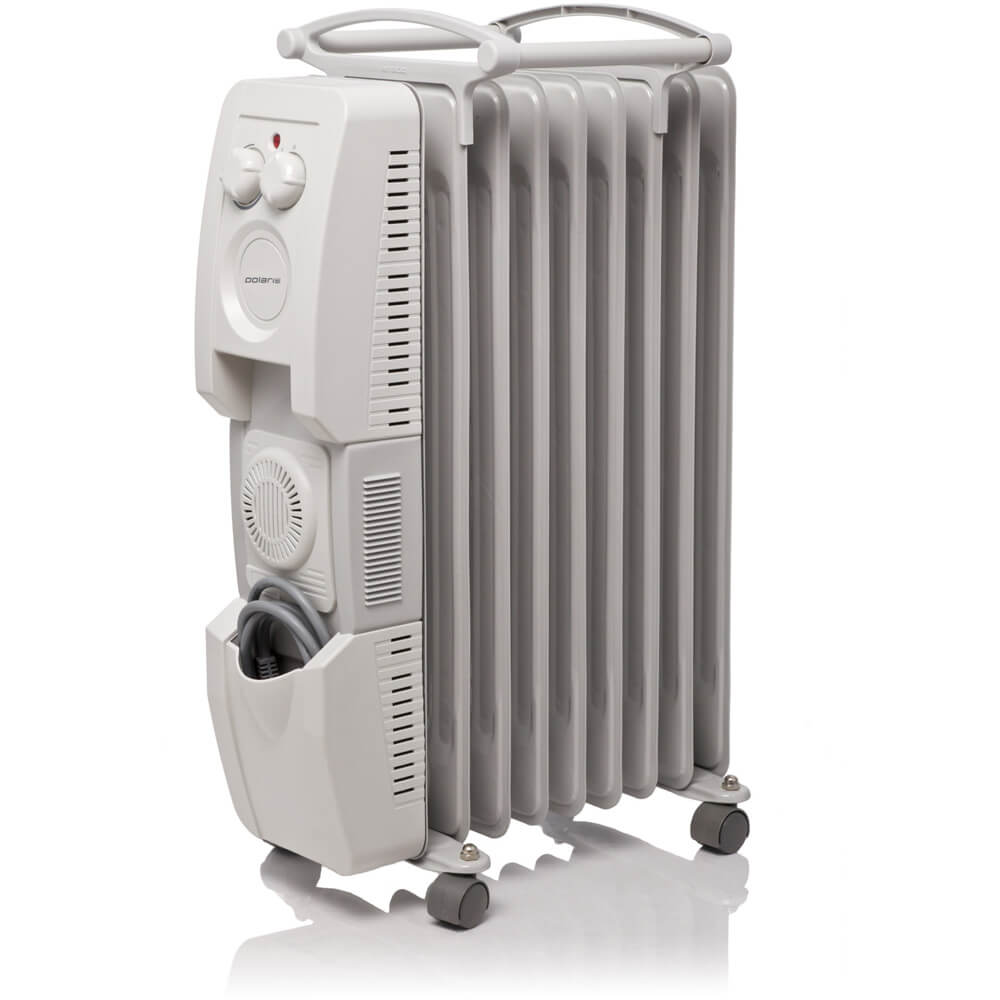


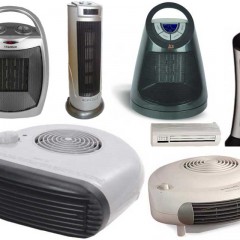
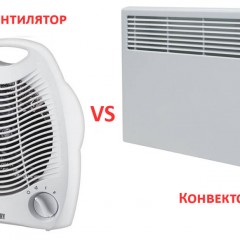
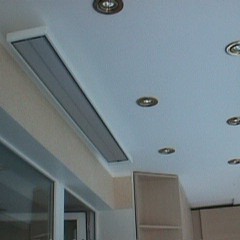

I used to have oil, or rather, still have it. All the same, a good heater. Only very bulky. Now I use a quartz heater from tepeco. The size is compact and looks interesting, like a panel. He has a smaller heating area than oil, but the air does not dry out and does not emit odors. And most importantly, it is economical, no more than 3.5 kW burns out per day.